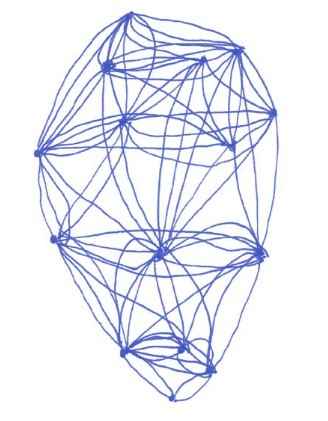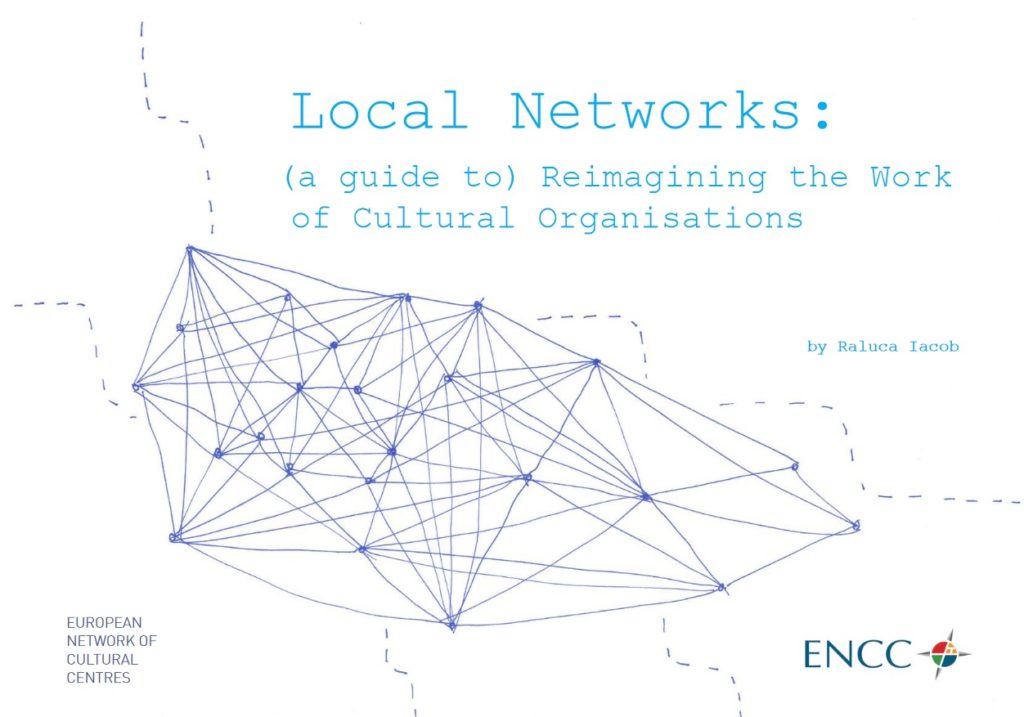
In 2020, Live DMA organized a Working Group on the theme of Cooperation and Representation Within the Music Sector. Read the reports of the Working Group here: Session 1 and Session 2. In March 2021, the European Network for Cultural Centers has released the guide Local Networks: Reimaninging the Work of Cultural Organisations, written by Raluca Iacob. This guide echoes our Working Group. This article tries to sum-up the main ideas presented in ENCC’s guide. We took the liberty of disseminating some of Marine Domec’s illustrations of networks throughout the article.
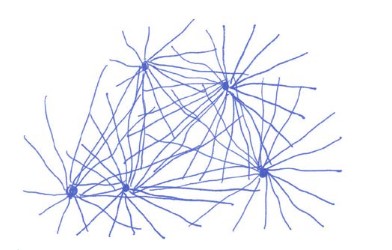
Objectives of the guide:
The aim of this guide is to look at the reality and complexity of local networks. For instance, local networks can be formal or informal. Or they may be cross-sectoral or not. They may have a diversity in their scope of activity.
This publication aims to open eyes and minds: to theorize the dynamics in place within local networks. Its objective is also to give more practical tools to practitioners to think, build and sustain their local network. Indeed, case studies of local cultural networks can be found throughout the guide.
Of course, this publication does not give one recipe on how to create a local network as it depends a lot on the people, the context and the reasons behind its creation. In other words, the publication rather presents the various approaches of the creation and lives of cultural local networks.
Moreover, this publication brings new insights and ways of thinking to the conversation about local socio-cultural work, including pointers for rethinking our work in the aftermath of the COVID-19 crisis.
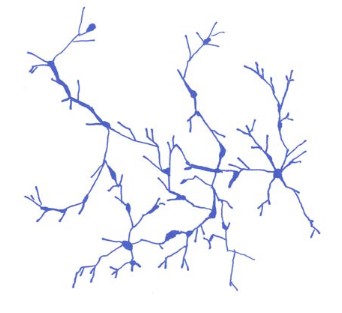
A few key-questions the guide tries to answer:
- What do we mean by socially-connected culture?
- What are the three most common ways of talking about local networks?
- How do we define local networks?
- What are the limits of building a local network just for pragmatic reasons (audience development/pooling resources)?
- What are the triggers of change for local networks?
- How can cultural organisation struggling for resources, time and energy join forces with other similar organisations?
- How can policymaker create conditions to support this type of cooperation on the local level?
- What about the crazy way many small cultural organisations seem to operate? Is it creative chaos, disfunction, or something else altogether?
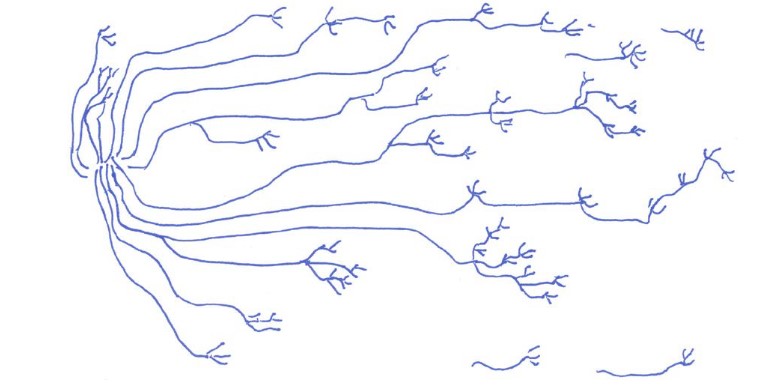
Summary of chapters:
Chapter 1: Definitions
“A local network is a web of cooperative, horizontal, direct and democratically managed relations between autonomous actors active on a territory.”
“Local networks are evanescent creatures, which can develop visible contours and weight or can maintain a fog-like state. Nourished by interpersonal relations, with occasional partnerships among members, and based on reciprocity norms, information sharing and mutual trust, they are social and informal beings at their core. Sometimes, their shape gets even more crystallized, with clear coordination and governance structures, based on formal rights and responsibilities and a contract. Local networks depend on good, honest and frequent communication between actors, and a (constructed) perception of togetherness, which often, but not always, mean that they also develop a social identity – a logo, a name, a website, and an explicit goal that others can relate to.”
Chapter 2: Drivers of local networks
Local networks can be driven by community engagement, sustainable and professional development or social change. It is about finding the common ground and direction for all elements of the network.
Chapter 3: Context of local networks
There are similarities within local networks (territory, local policies, history..) which can help consolidate a network. There is also a common wish or need for transformation: networks tend to build when the context is not right for the networks’ players.
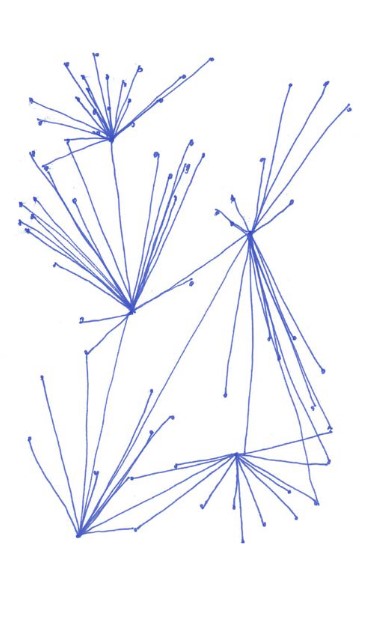
Chapter 4: Theoretical approaches regarding local networks
“The most common way to understand networks is the way we refer to people who stay in touch, who help each other, who find time to catch up now and then. All this we call networking. It provides for weak ties among people and organisations and could also be called our available connections.”
“A second way to understand a local network is as the web of connections between an organization and its stakeholders.”
“A third definition of local networks looks at networks as cooperation.”
Stakeholders theory: “Stakeholder theory models the organization as a map consisting of a set of nodes (the stakeholders) and connections between the nodes (economic, legal or moral claims or interests). Tschirhart (1996) places stakeholders in six categories: internal (board, employees, volunteers), resource providers (funders, media, suppliers), political environment (lobbyists, legislators), community (interest groups), arts industry (associations, competitors, col-laborators) and customers (advertisers, patrons).”
Social Anarchy: “Social anarchy offers a model of how networks form and work in the cultural world. It reflects the way the creative force unravels in processes which have little to nothing in common with the formal path-ways of organisational management.”

Chapter 5: Birth of a network
This chapter lays out the important elements to give birth to a network: trust, similarity of status and power, proximity and situations of common hope and action.
Chapter 6: The life of a network
This chapter is about the practical life of a network: its governance and personnel, identity and core values, the democratic management or the “feeling of a network”.
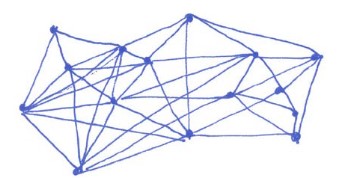
Chapter 7: Triggers of change
This chapter explores some of the triggers which can change the vision of a network or the relationship of its members: opportunities and challenges, accountability, institutionalization…
Chapter 8: The role of public authorities in supporting local networks
Public authorities can have a great role in the funding of local networks and they can encourage the emergence of new local networks in their territory. They are also crucial interlocutors for advocacy and policy making at local level.
Chapter 9: International cooperation and local networks
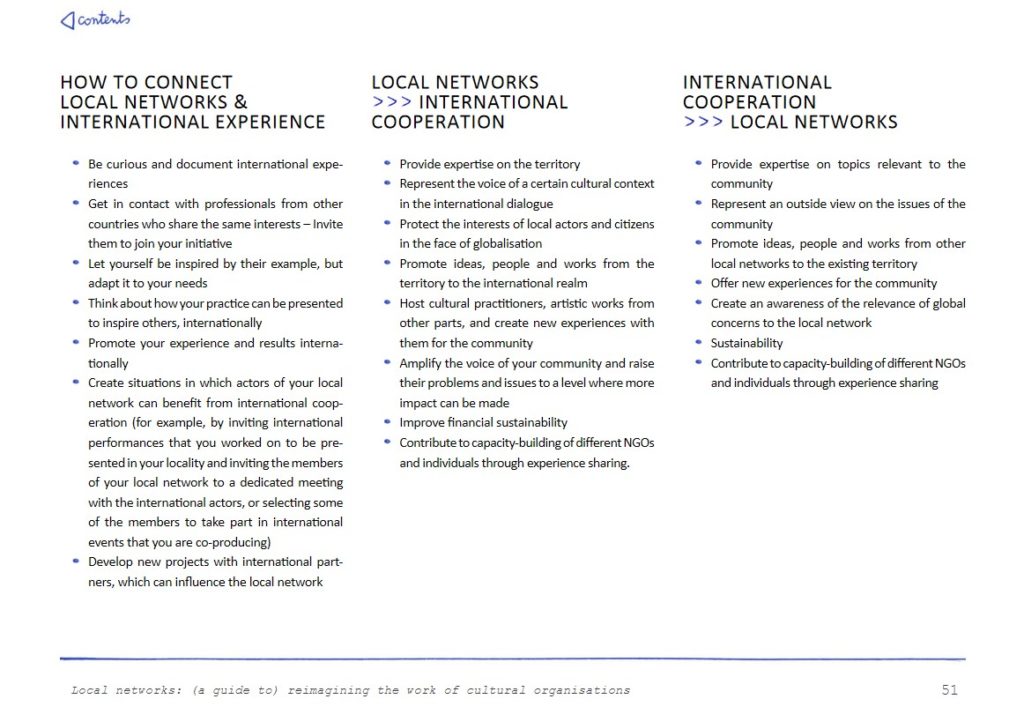
Chapter 10: Authenticity and relevance of local networks
This chapter looks at the benefits of being part of a local network: exchanges, innovation, better performance and organization…
Chapter 11: How organisations are changing from the perspective of local networks
This chapter depicts the way local networks can help small cultural organizations in mutualizing certain tasks and exchange skills and roles to avoid organisations to be overwhelmed by certain tasks.
